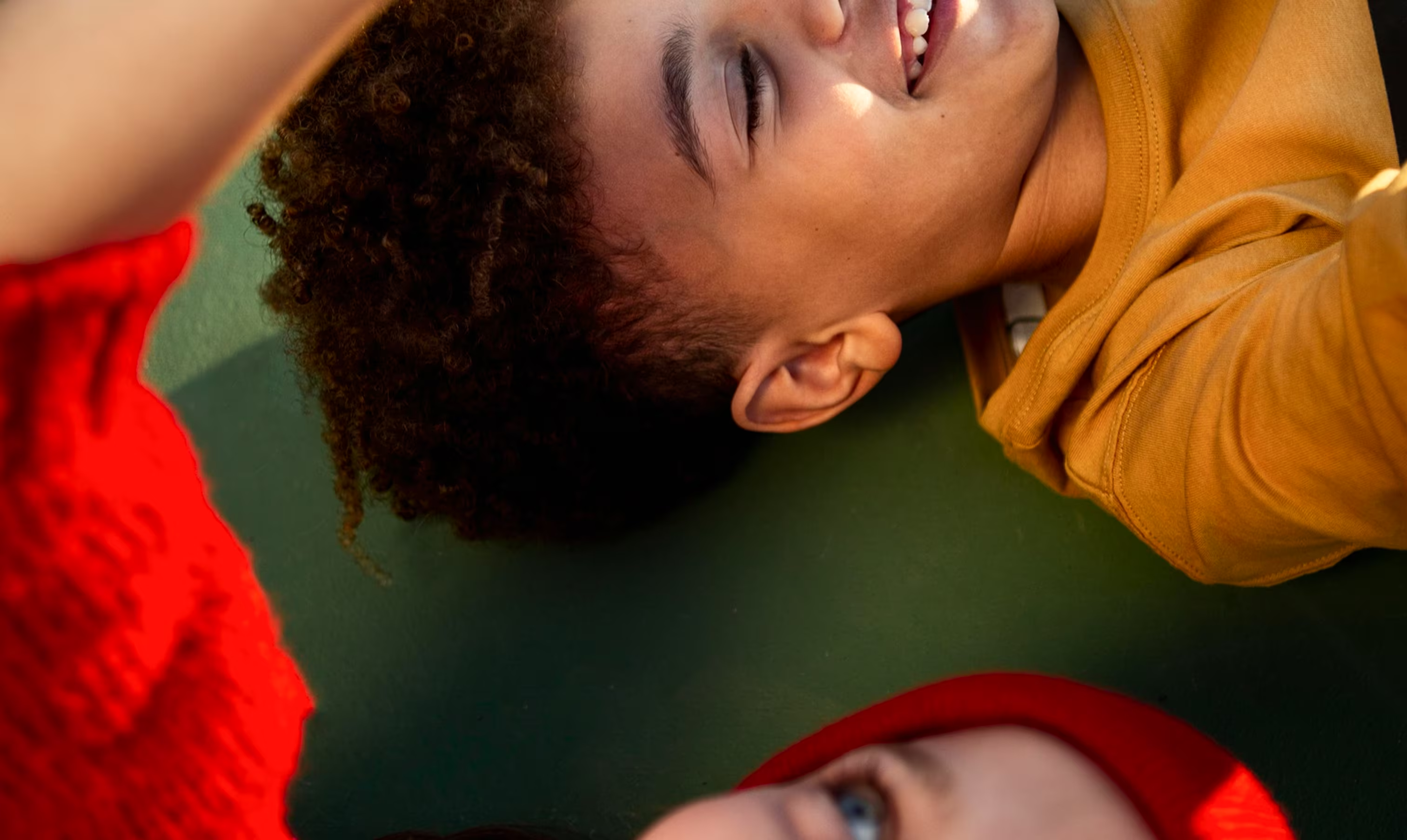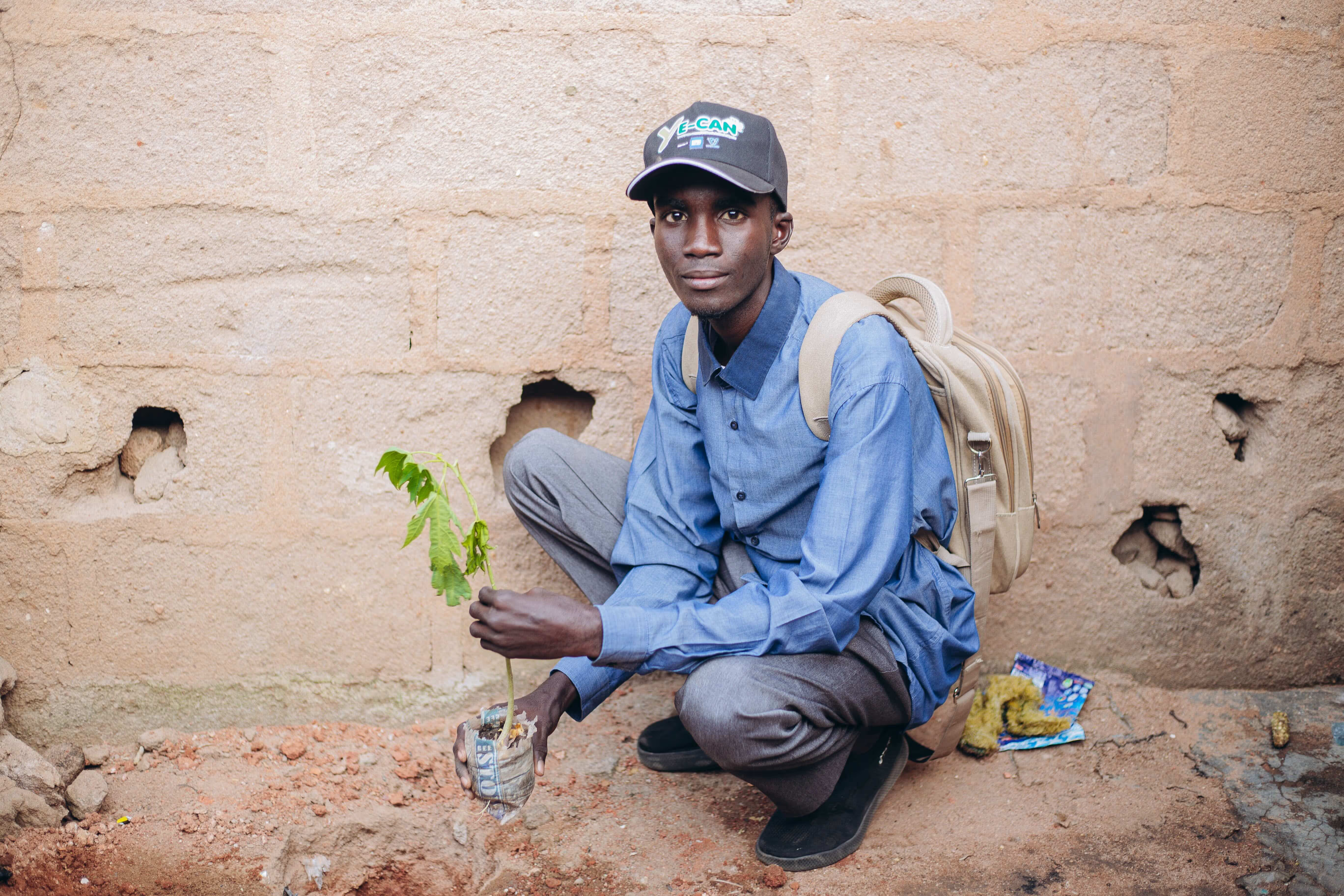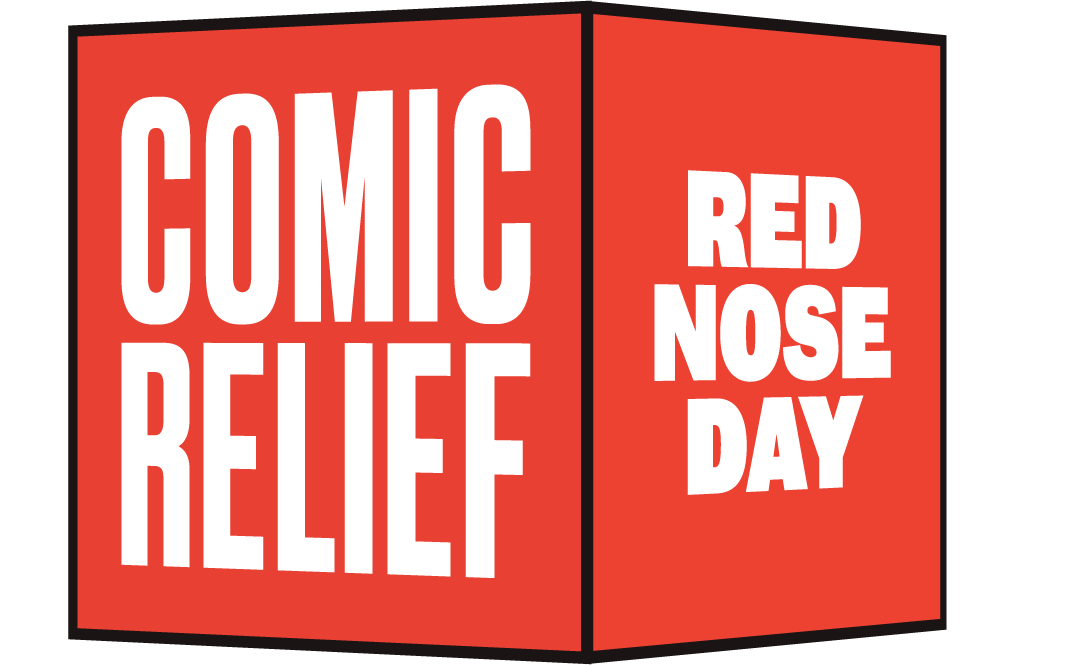An Epidemic of Evicted Children

Imagine this. You’re a mother with a son who is not yet a year old and a daughter who turns four next month. You have no family living nearby to help you care for them, and your partner is working long hours at a minimum-wage job. Your own two jobs, combined with your duties as a parent, have left you exhausted and barely making ends meet. And suddenly, when your baby has a health issue that costs money, the ends don’t meet anymore. You are staring at eviction from your rented apartment, with your family’s next destination a homeless shelter.
This is not the scenario opening a dark drama about a struggling mother and her kids who triumph over adversity. It is a very real situation faced by 7.6 million individuals threatened with eviction each year in the United States. Shockingly, nearly 40 percent — or 3 million of those people — are children.
And the Americans most at risk of eviction are babies and toddlers. According to new data that provides the clearest and most complete information about just who is being evicted across America, children under age 5 make up the largest group of people in households that have received eviction judgments since 2007.
The children most affected by eviction in the U.S. are Black. In any given year, about a quarter of Black children under the age of five who live in rental homes face eviction.
At every income level, researchers have found that households with children are more likely to receive an eviction judgment than others. If you’re a Black female renter with kids, your risk goes up: 28 percent of Black moms who rent their homes are threatened by eviction, compared with 16 percent of those without.
Eviction lands hardest on children, who are least equipped to handle it and suffer the most.
Kids not wanted
“When I started writing about these issues, I kind of thought kids would shield families from eviction,” Matthew Desmond, who leads the Princeton Eviction Lab and who contributed to a study of the eviction of children, published in the Proceedings of the National Academy of Sciences, told the New York Times. “But [kids] expose families to eviction.”
Researchers, tenants, and lawyers all agree on this harsh reality. Renters with children face the added financial burdens of more food and clothing. Even more alarming is that housing options for families are limited, with landlords seeing children as a threat to their property by doing kid things like making noise and drawing on walls with crayons.
Lasting Impact
Childhood eviction does more than displace a family from the security of their home. It displaces a child from a successful life. “Housing instability” before age 5 can stunt a child’s readiness for kindergarten. Evicted kids also display attention and behavior challenges at school, and they suffer from delayed cognitive skills throughout their time in classrooms.
By the time they become teenagers, children who’ve been evicted are more likely to have depression and anxiety, which is compounded by their challenges in processing and retaining what they are being taught. The cost of evicting children is one that society pays for far beyond the immediate event of rendering a family homeless.
There is an affordable housing crisis in the United States, which has been fueled by soaring housing costs and the end of some pandemic-era safety nets. Today, more than 18 million families pay more than half of their income for housing. All of this is causing homelessness to rise in many cities across the country.
Safety is central to the work supported by Comic Relief US, which has raised more than $420 million since 2016 to help end child poverty and mitigate the effects of eviction — and homelessness — on children everywhere.




